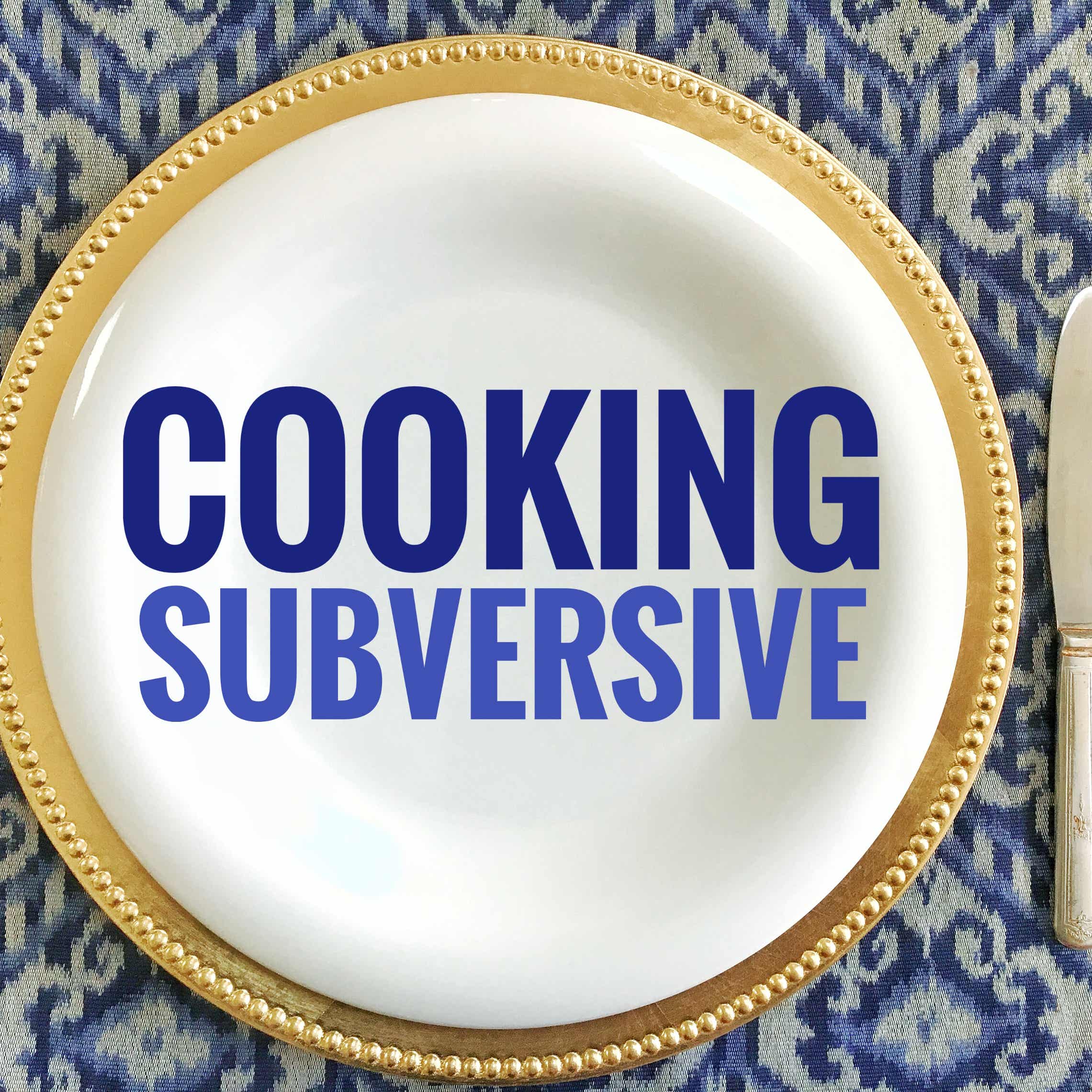“I’ll Have The Poison on the Side Please.” Chemicals in our Food (part 3)
Description
#GeekingOutSeries/Safety101/ChemicalsinFood/3
This post is part of the Geeking Out series which presents data-driven information on food and farming, safety in the kitchen, practical science for cooks, cooking techniques and processes and other relevant nerdy stuff that every cook should know. For the next few weeks, we will be covering topics from the chapter, Safety 101. This is the third of a four part series.
Picture this: an expanse of lush green as far as the eye can see where cows graze in idle harmony. Nearby, chickens cheerfully pick at blades of grass and cow dung for their bug buffet, fertilizing their patch of pasture as they break up the bovine manure and deposit a bit of their own little black gold. The contented lowing and clucking of cattle and poultry accompanied by a gentle breeze completes the sensory experience for this bucolic paradise. Hogwash.
This is the sort of fantasy Big Agri wants us to believe when we pick up their neatly-packaged chunks of meat in Styrofoam containers. And while there are some farms that pasture animals free range like the one above, they are few and far between. Most meat and poultry found in supermarkets never had lifestyles this lavish. Here’s the reality check.
Remember that BigAgri is all about the bottom line, which means maximizing efficiency and lowering costs. That translates to beef manipulation that begins prior to conception with cows treated with hormones that regulate the timing of conception so that calves are born within days of each other. The calves spend the first seven to nine months grazing on grass and then are taken to a Concentrated Animal Feeding Operation (CAFO), which can be feedlots or windowless buildings housing hundreds to millions of animals.
Jo Robinson described in a 2008 article from Mother Earth News:
“Upon arrival at the feedlot, the stressed, thirsty and hungry calves are herded down chutes and subjected to a number of procedures, which can include dehorning, castration, branding and tagging. Then they are dewormed and vaccinated against various diseases. A common practice is to mix antibiotics with the feed, whether the now-stressed animals show signs of illness or not. Tetracycline, an antibiotic important for humans, is one of the most commonly used medications.
Lastly, the calves are implanted with pellets that contain growth-promoting steroid hormones that lose their effectiveness in a matter of months. Many animals are given new implants of higher potency to replace them. The aggressive use of hormone implants can add 110 pounds of lean meat or more to a calf. Every dollar invested in implants returns five to 10 dollars in added gain for each animal in the six to 12 months they spend in the feedlot.”
Meanwhile, the calves are shifted from grass to a high- grain diet to fatten them further. Remember our earlier discussion on Roundup’s glyphosate being used on GMO produce like corn and soybeans? GMO crops are principally grown for livestock feed, so everything we said that was bad about Roundup, including glyphosate, will be present in industrialized meat. Besides GMO crops, animal waste (blood, offal, dead animals) are recycled in a process called rendering and is part of livestock feed. The (barely) good news is, as of 1997, the FDA regulated against feeding cattle euthanized dogs and cats (as well as other mammals) as a preventive measure against mad cow’s disease and other diseases transferred from sick animals. However, the rule doesn’t apply to poultry. Speaking of which, in a 2012 study on rendered poultry feather meal sold as fertilizers and animal feed, multiple pharmaceuticals were found including Prozac, Benadryl, acetaminophen and personal care products.
Grain (not to mention all the other offending ingredients) is not a natural diet for ruminants like cattle, which makes them sick. The stress of being tightly confined in pens hooves-deep in pathogen-rich manure makes them sick. What to
More Episodes
#GeekingOutSeries/Safety101/ChemicalsinFood/4
This post is part of the Geeking Out series which presents data-driven information on food and farming, safety in the kitchen, practical science for cooks, cooking techniques and processes and other relevant nerdy stuff that every cook should know. ...
Published 02/11/22
Published 02/11/22
#GeekingOutSeries/Safety101/ChemicalsinFood/2
This post is part of the Geeking Out series which presents data-driven information on food and farming, safety in the kitchen, practical science for cooks, cooking techniques and processes and other relevant nerdy stuff that every cook should know. ...
Published 01/21/22


